According to the Patent and Utility Model Registration Act, a patent is a document that grants its holder an exclusive right to an invention. It enables the owner to prohibit others, without his consent, from commercially exploiting the invention for a specified period, in return for which the patent owner discloses to the public the substance of the invention. The patent has territorial effect.
In order to define a discovery as an invention (i.e. to confirm its potentiality), it must be established beyond doubt that the statutory requirements are present:
- Novelty - an invention is new if it is not part of the prior art; the prior art includes anything that has become generally available by written or oral description, use or otherwise disclosure anywhere in the world before the filing date, or priority date, of the patent application, as the case may be
- Inventive step - an invention has an inventive step when it does not arise in an obvious way from the state of the art to one skilled in the art at the filing date, or priority date, as the case may be
- Industrial applicability - industrially applicable inventions are inventions whose subject matter can be produced or reused in any branch of industry and agriculture
They are not considered inventions:
- Discoveries, scientific theories and mathematical methods
- Results of artistic creation
- Plans, rules and methods for intellectual, gaming or business activities and computer programs
- Presentation of information
The human body at its various stages of formation and development, and the mere discovery of one of its elements, including the sequence or partial sequence of a gene, cannot constitute a patentable invention. An element isolated from the human body or otherwise obtained by a technical process, including the sequence or partial sequence of a gene, may constitute a patentable invention even if the structure of that element is identical to that of a natural element.
The description of the invention must contain:
- The name and the technical field to which the invention relates
- The prior art, to the best of the applicant's knowledge, with citation of the documents in which it is described
- A clear and complete disclosure of the technical nature of the invention and its advantages so that it can be made by a person skilled in the art
- Brief explanations of the drawings and of at least one method of carrying out the claimed invention, using examples where necessary, and reference to the drawings if available
- The manner in which the invention may be used in industry where this is not obvious from the description or nature of the invention
The period of validity of patents is 20 years from the date of filing of the application with the Patent Office. During the period from the publication of the application until the publication of the grant of the patent, provisional protection is granted, the scope of which is determined by the claims as formulated in the application. Claim(s) means a clear and precise definition of the subject matter for which protection is sought.

